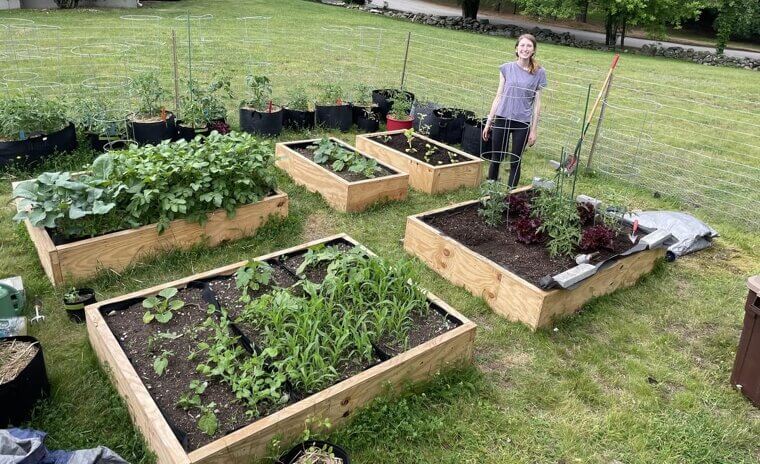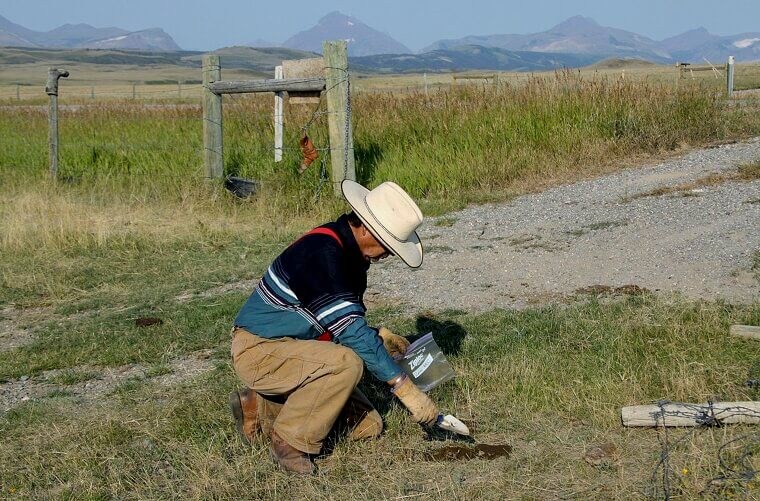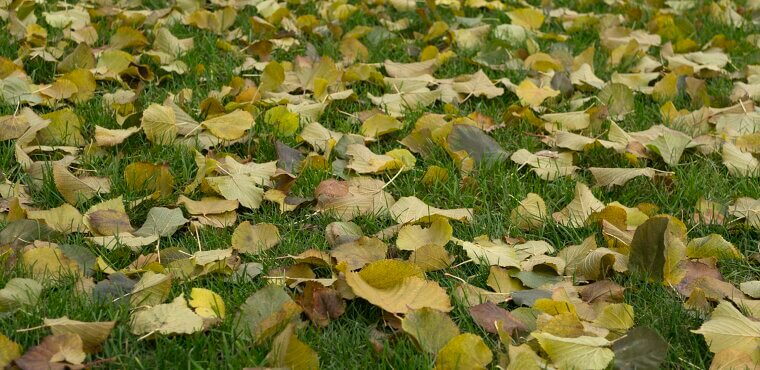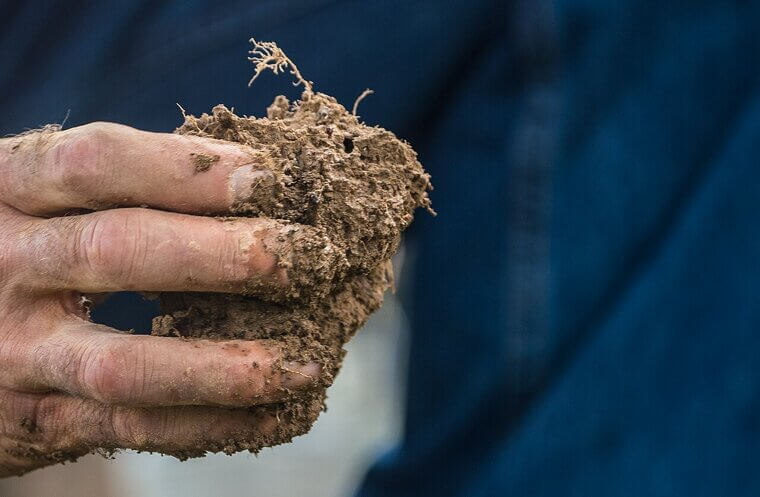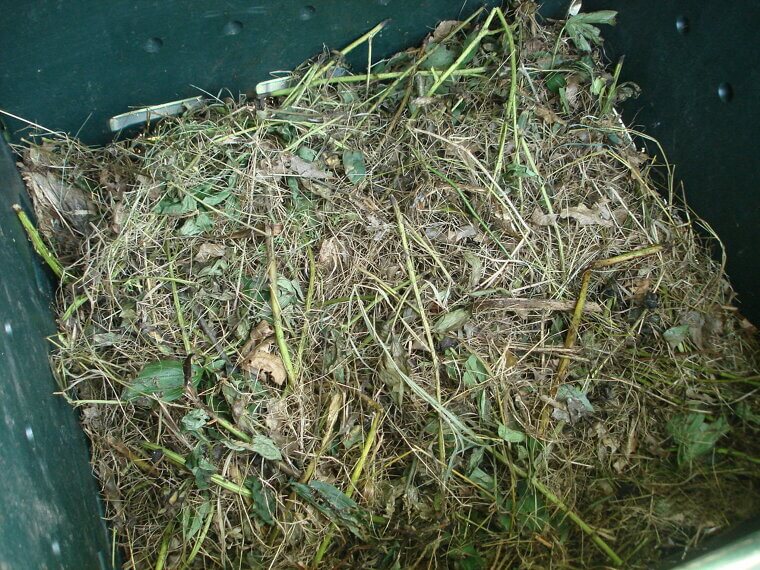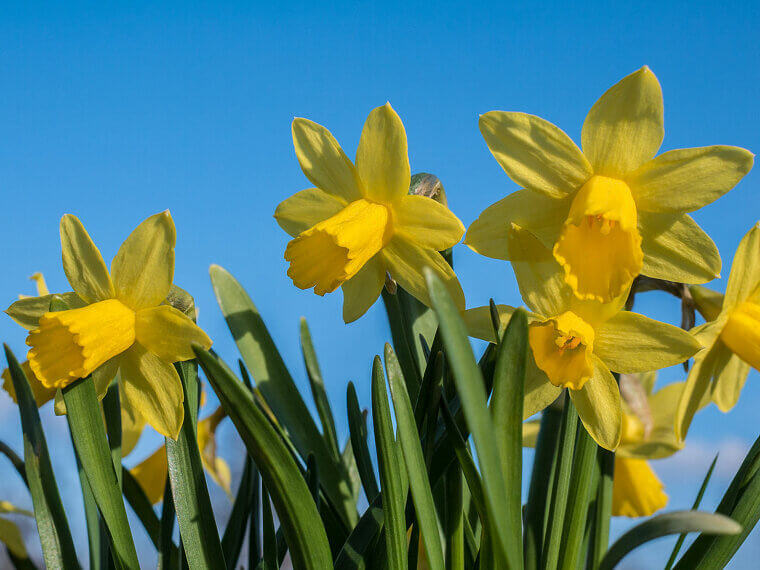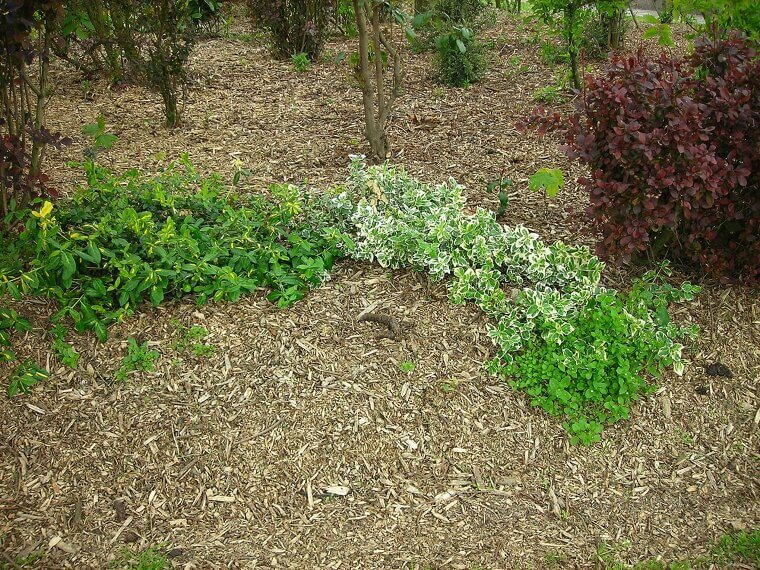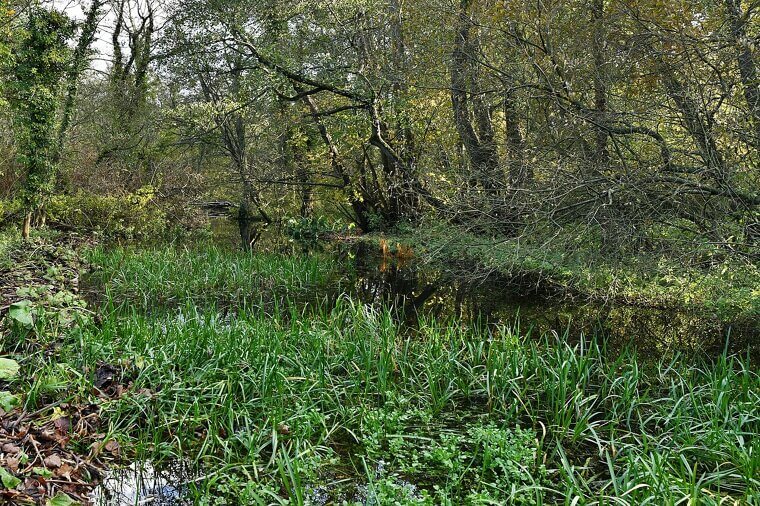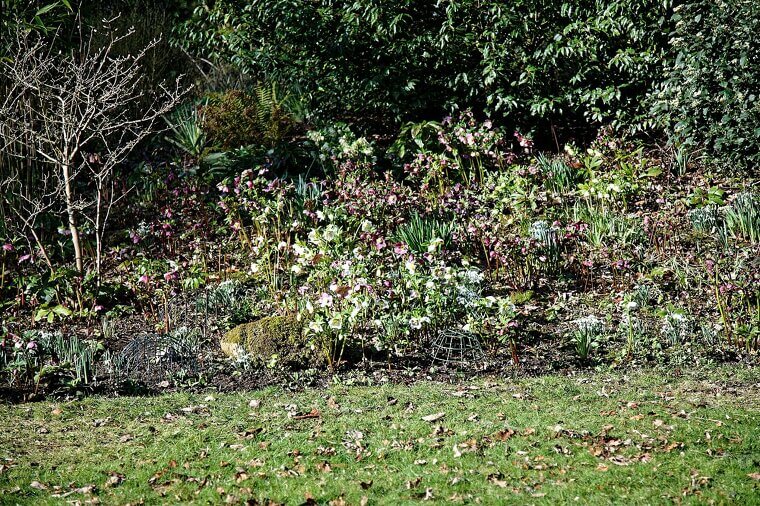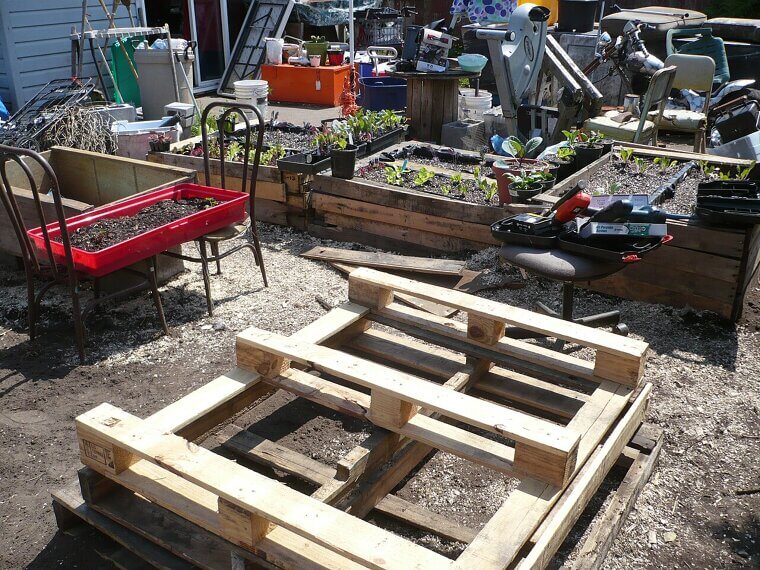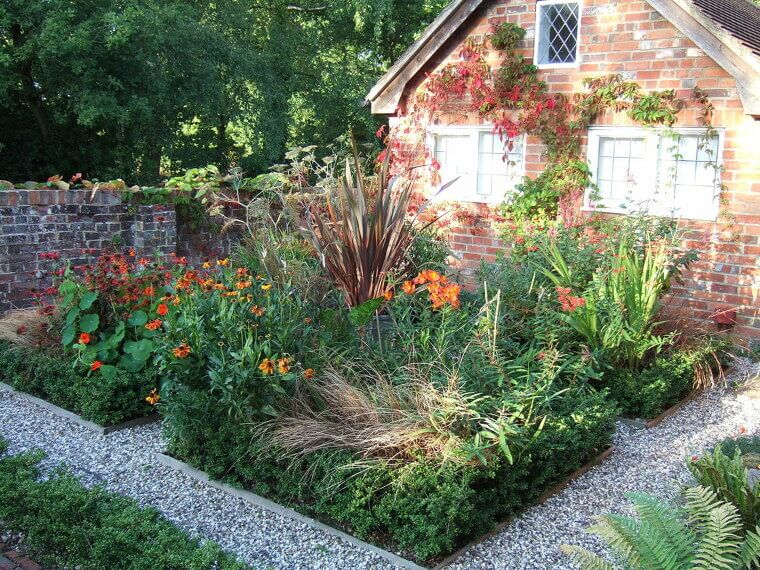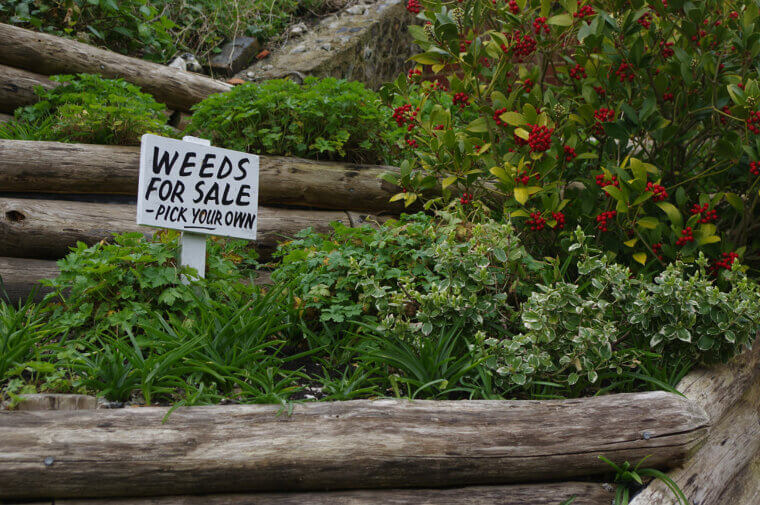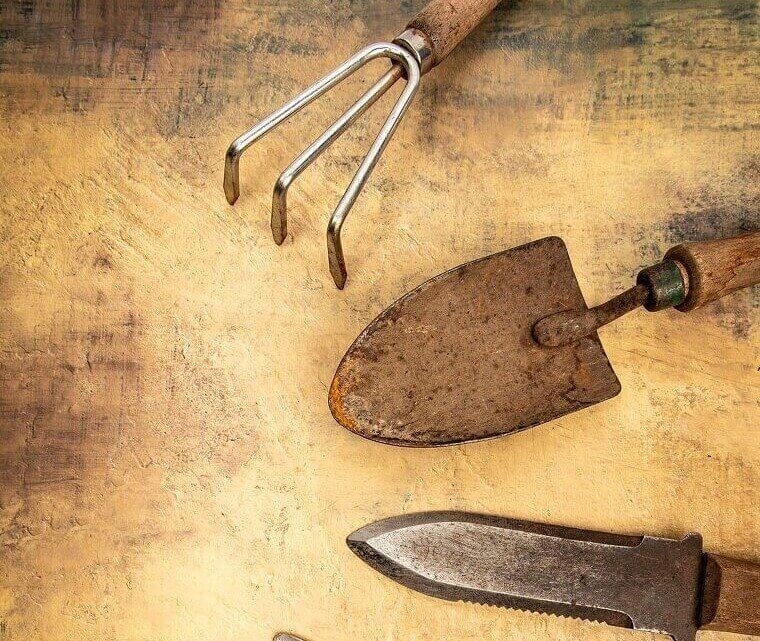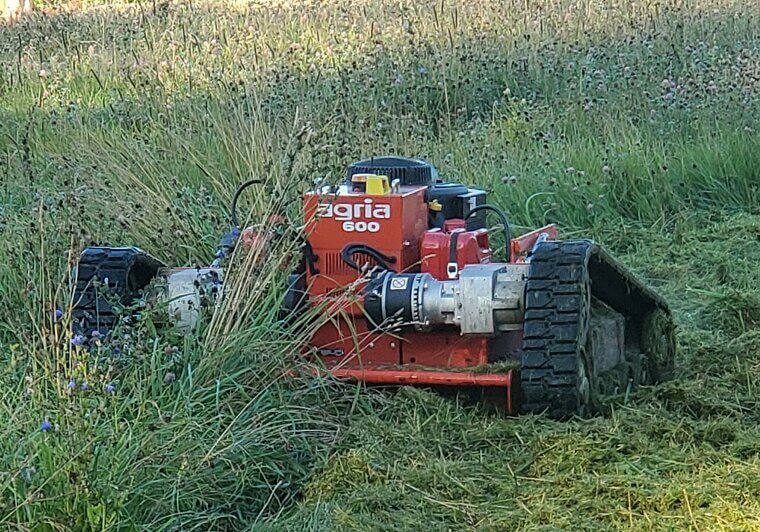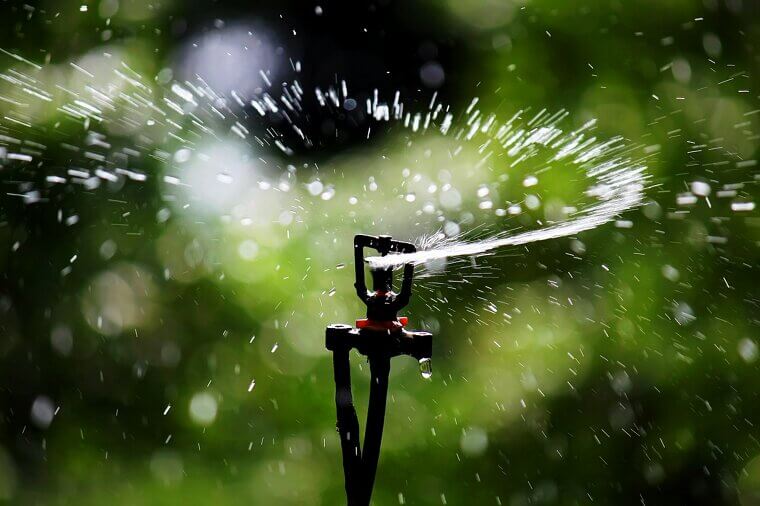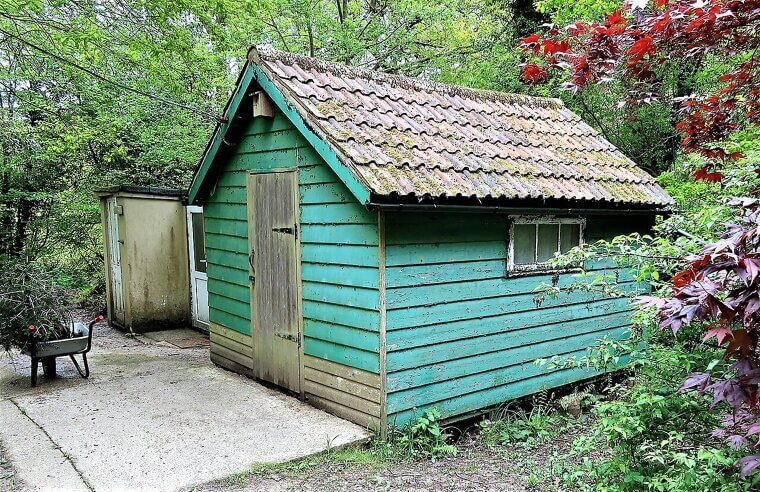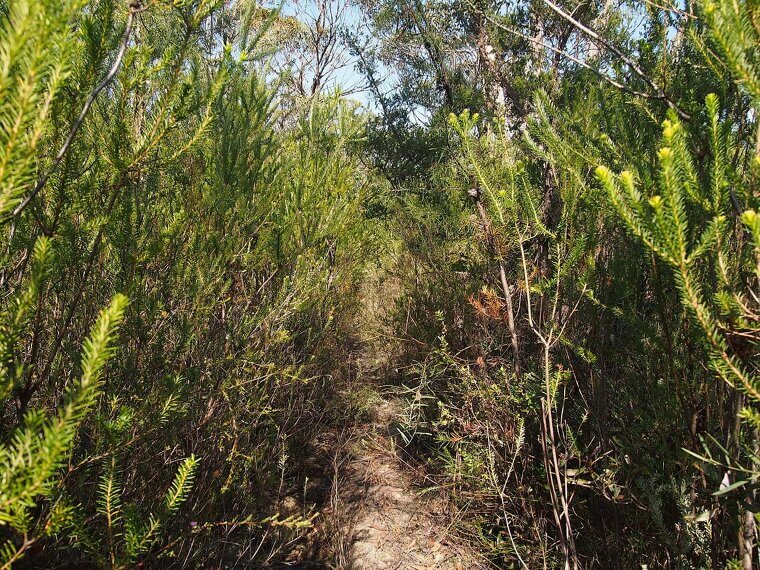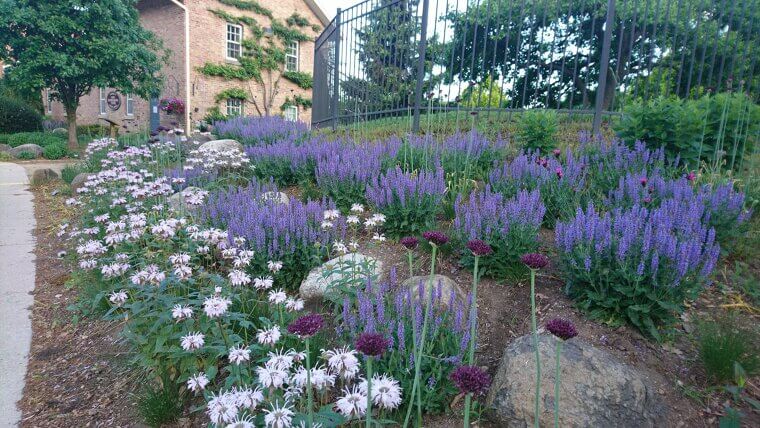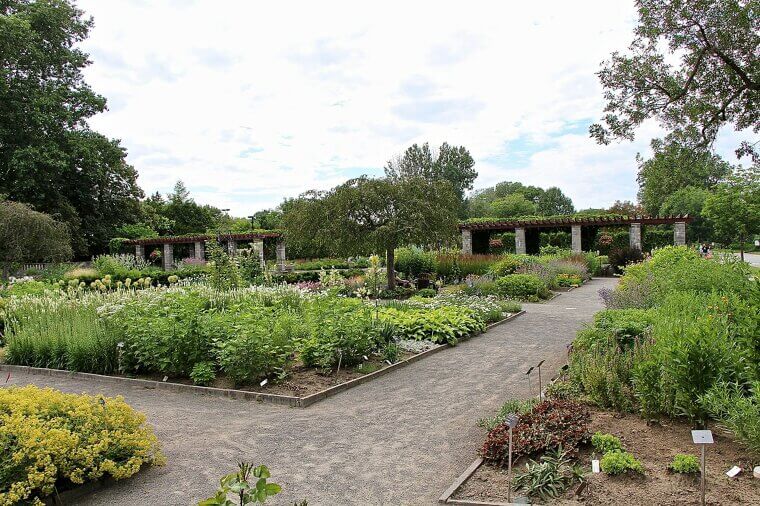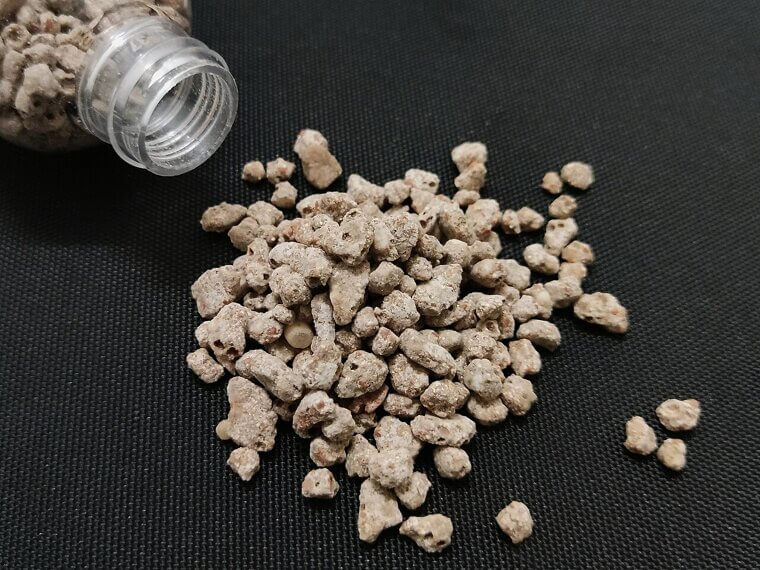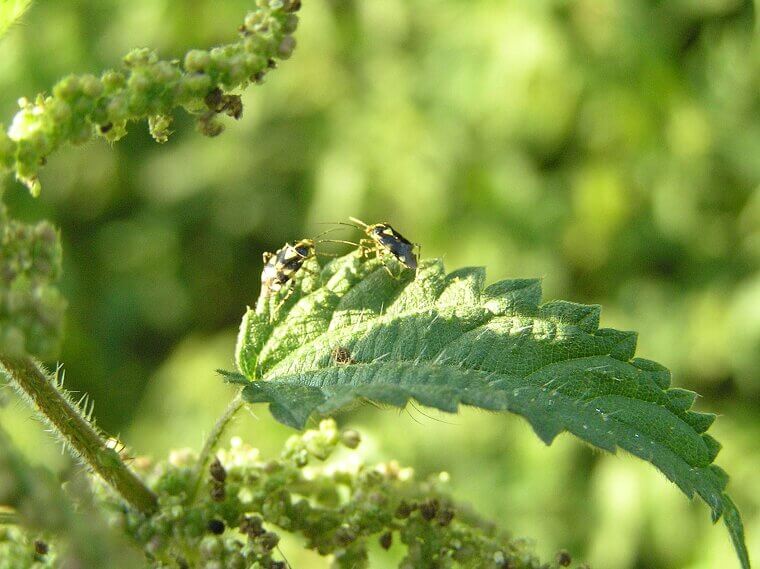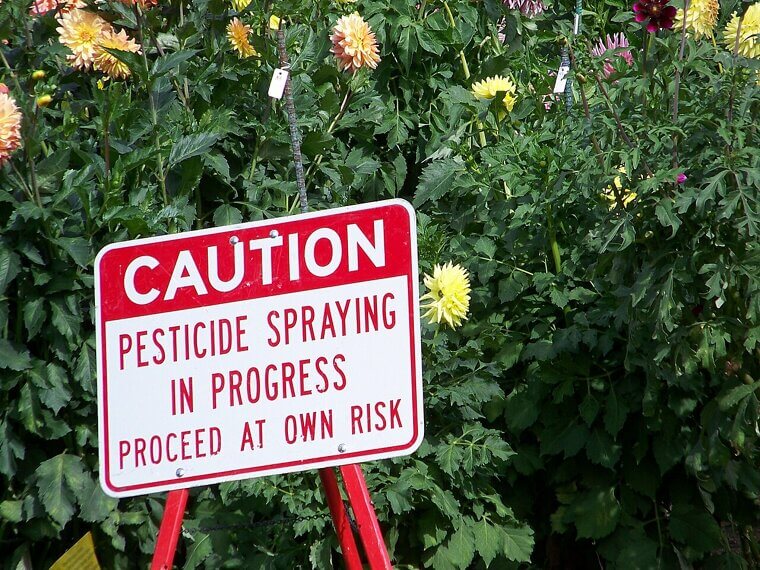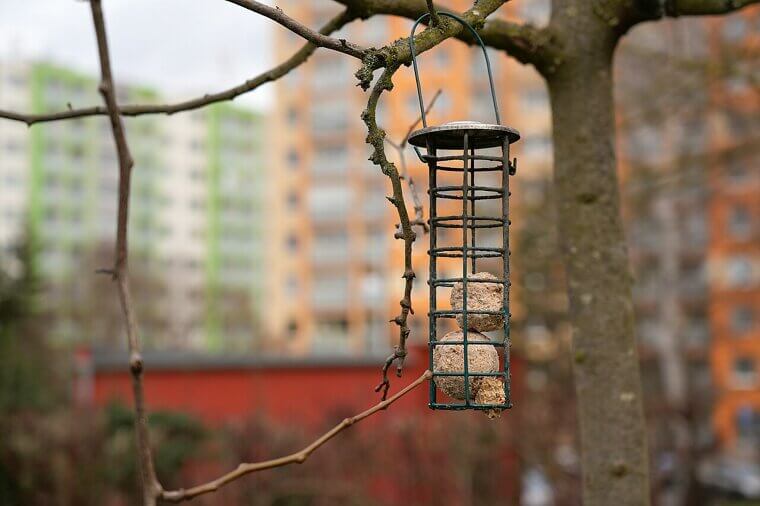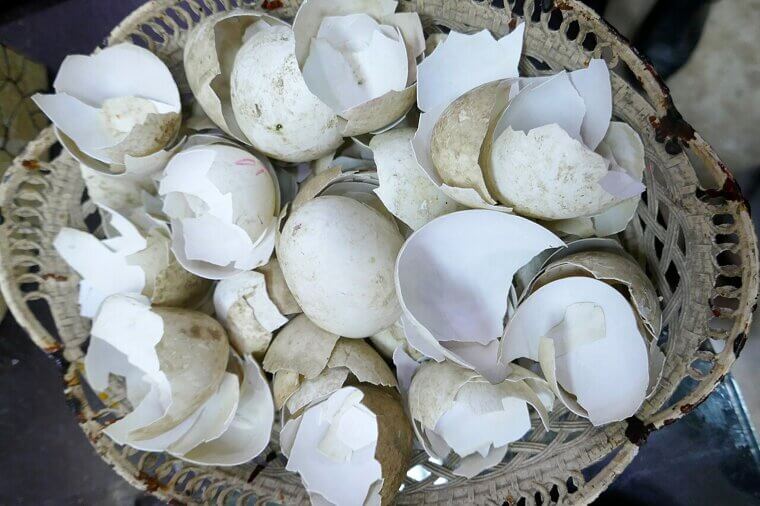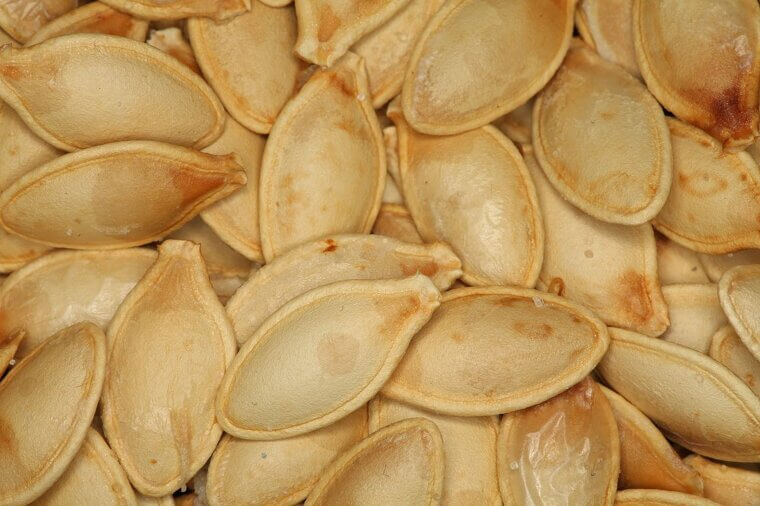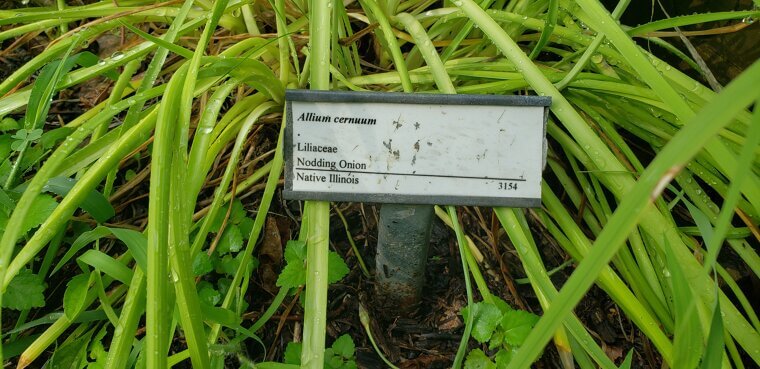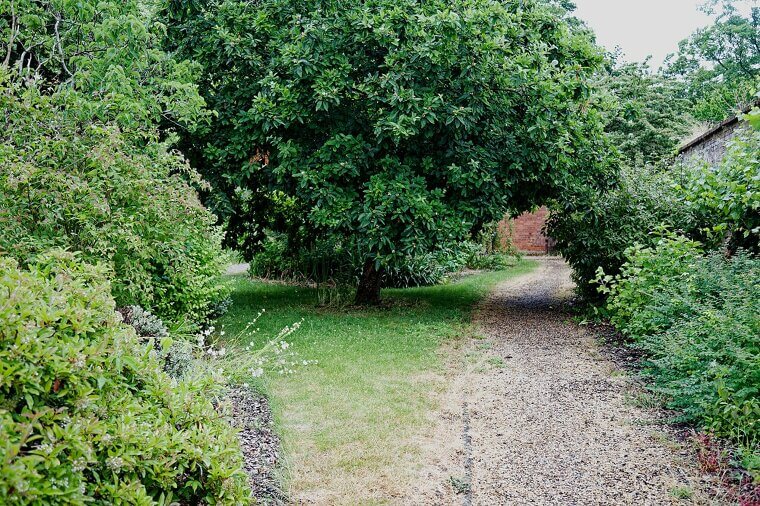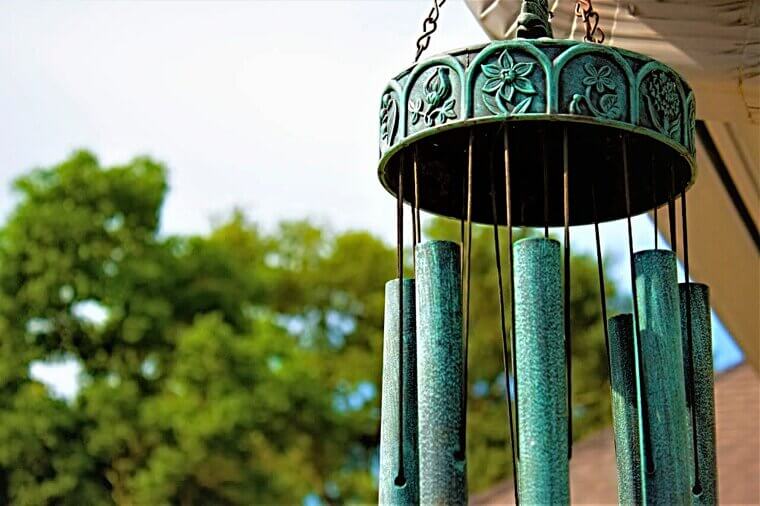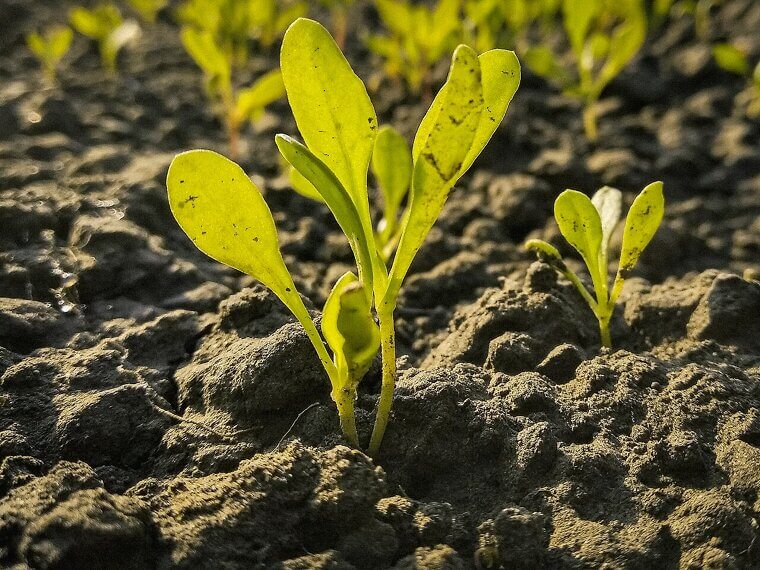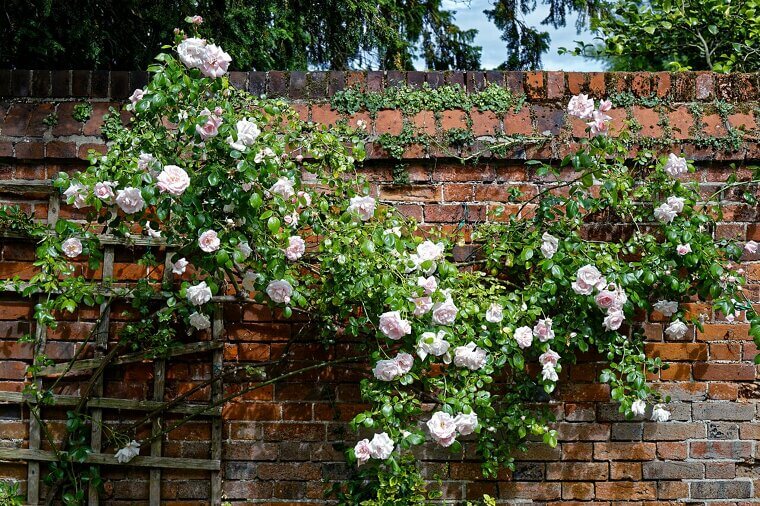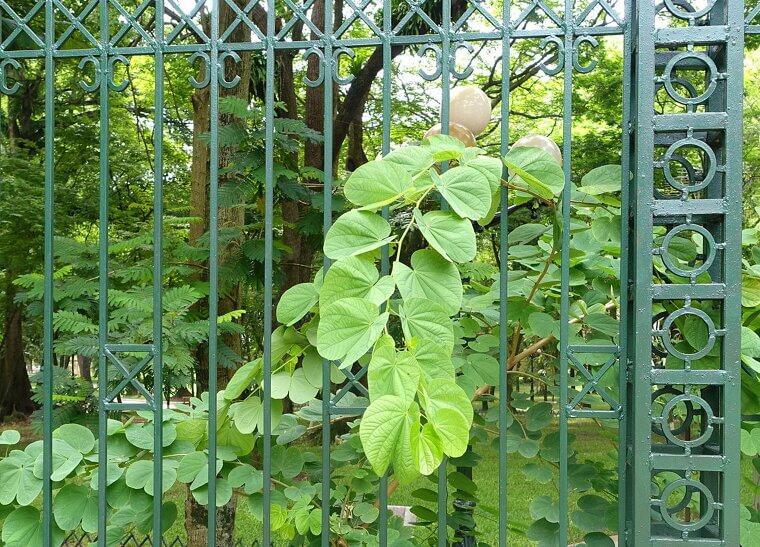Consider Companions
Unlike humans, plants aren’t exactly social creatures (at least in the traditional sense), but they still tend to fare better when they aren’t isolated. Companion planting involves pairing mutually-beneficial plants together. Consider planting marigolds near vegetables, for example, in order to deter nematodes.
Test Your Soil
Before you can even consider planting anything and maintaining a fruitful garden, you’ll need to take care of the fundamentals first. That means testing your soil to ensure optimal conditions for the growth of your plants. You can use a pH test kit which will reveal your soil’s pH and nutrient levels. With this knowledge at hand, you’ll know exactly what your soil’s missing, along with which chemicals you’ll need to adjust it.
Clear Debris
Maintaining a healthy garden means getting your hands dirty in a very literal sense. That starts with clearing any debris it may have accrued since last spring. Fallen leaves, twigs, even the remnants of last year’s plants, you’ll need to clear it all to ensure that your new plants remain healthy since debris often carries bacteria and pests.
Loosen the Soil
You can’t plant anything without soft soil. Unfortunately, during winter, soil often hardens and compacts due to rain or snowfall, so you’ll need to loosen it up a bit before you get to planting. Using a garden fork or tiller will enable you to aerate the top 12 inches of soil, allowing for improved root penetration.
Add Compost
Compost can be unpleasant to deal with if you have a particularly sensitive nose, but hey, no one said gardening was a walk in the park! Adding a bit of compost to your garden can revitalize tired old soil by injecting it with nutrients, subsequently boosting the fertility of your plants as well.
Add Pollinator Plants
Despite what we had to say about bugs earlier, not all insects are harmful. Some, like bees, are actually hugely beneficial, pollinating your plants and keeping them fertile and healthy. Consider planting daffodils, alyssum, or crocus, all of which provide nectar for our buzzing friends.
Add Mulch
Now that you’ve added some compost, you’ll want to preserve your soil as much as possible by throwing on a bit of mulch. This will trap the moisture inside the soil while also regulating its temperature. Consider straw, shredded leaves, or bark for organic mulch.
Check Drainage
As any gardener will tell you, plants require plenty of water but you’ll want to be careful to not go overboard since too much can lead to root rot. Observe how quickly the water drains - if it’s too slow, you may have to build a raised bed or otherwise redirect the water somehow.
Garden Bed Edges
You’ll want to keep your garden bed separate from the rest of your lawn or backyard to ensure optimal growing conditions. Don’t be afraid to sharply define these borders with a spade, neatening it up as you go to prevent grass from creeping in.
Repair Raised Beds
Raised beds are important for preventing root rot in some gardens where water drainage is an issue. Before you get to planting, give your raised beds a quick inspection and repair any parts as needed. Wood beds, in particular, are prone to rot.
Top Off
Speaking of raised beds, you’ll also want to ensure that they still contain enough soil to accommodate your plants. The soil can erode over time, especially when it’s not in use. Add a fresh batch of soil, compost, and mulch to get your raised beds ready for the spring.
Weed, Weed, Weed
Weeds are a gardener's worst nightmare. They spread aggressively and can ruin your garden if left unchecked. Before you begin planting new seeds, be sure to thoroughly clean your garden of weeds. Dandelions and bindweeds are particularly aggressive.
Clean Tools
Like painters, writers, and musicians, gardeners create through the use of specific tools, namely shovels, shears, and garden forks, among others. You don’t have to be particularly delicate in your use of these tools, but you do need to clean them every once in a while. Scrub them with soap and water, disinfect them with vinegar, then leave them out to dry.
Sharpen Your Blades
The woodsman is nothing without his trusty axe, and gardeners are similarly beholden to their tools as well. Like axes, your shears, pruners, and hoes will all need to be kept sharp to prevent them from damaging your plants.
Check Your Lawnmower
Just as you clean and sharpen your other tools, your lawnmower will also need a service every now and then. Be sure to replace any dull mower blades, replace oil and air filters, and give the deck a good clean. Test it before you start gardening to avoid any nasty surprises.
Check Your Sprinklers
Irrigation systems like sprinklers can save you some time in the long run, but they can also damage the ecosystem of your garden if something goes wrong. With spring still on its way, now is the perfect time to replace any timers and batteries if needed, saving you the hassle in the future.
Organize Your Space
Some people thrive on “controlled chaos”, but let’s face it, most of us would be so much more productive working in an organized space. With that being said, now may be the perfect time to reorganize your shed or workspace so that all your tools are easy to find.
Prune
Trees and shrubbery have a habit of overgrowing and crossing branches during the time between gardening seasons. While this adds a certain natural chaos that can be beautiful, it’s not exactly ideal for plant growth. Remove any dead or crossed branches before spring arrives.
Trim Perennials
Perennials are long-lasting, but they do tend to flounder during the cold seasons. Coneflowers, sedum, and other perennial plants will often have many dead stems and leaves by the time spring arrives, so you’ll want to trim these to make room for new growth.
Divide Perennials
Because they keep growing throughout the year, it’s common for perennials to become almost unwieldy. Fortunately, they can be split and replanted with ease, which can expand your garden at no additional cost and without having to plant entirely new seeds. (You’ll also be creating even more room for new plants).
Transplant Seedlings
Some seedlings will need more time than the spring season allows in order to fully mature. Before spring arrives, it’s wise to begin the transplanting process early, gradually exposing them to the outside world.
Add Fertilizer
Fertilizer is important for keeping your plants healthy and well-nourished, so you’ll want to apply some as soon as possible. Most plants can handle generic or balanced fertilizers, but you will need some specific varieties for certain plants as well. Just follow the directions on the label to prevent any mix-ups!
Check For Bugs
Maintaining a garden means more than just watering your plants and revitalizing your soil. It also means having to deal with all kinds of critters and creepy-crawlies. Beetles, aphids, and cutworms can all ruin your garden if you don’t deal with them quickly, so be sure to remove them as soon as possible to prevent infestation.
Apply Dormant Oil
Of course, all those nasty bugs can still ruin your garden if you don’t check for the nests, larvae, and eggs they leave behind. With a bit of dormant oil, however, you can smother them, preventing them from hatching and wreaking havoc on your plants.
Clean Bird Feeders
Believe it or not, birds are some of the best forms of insect control you can have on your side, so don’t be too quick to shoo them off. That being said, if you have a bird feeder or bath already, you’ll want to make sure it’s clean and disease-free to prevent the birds from flocking elsewhere.
Lay Traps
Snails and slugs are the mortal enemy of the humble gardener. These slimy creatures feast on young plants, ruining all your efforts of maintaining a healthy garden. Fortunately, they are easily dealt with through the use of crushed eggshells and copper barriers.
Create a Calendar
The success of the seeds you plant depends on a variety of factors; gardening is all about manipulating these factors to the best of your abilities. WIth that being said, you’ll never be able to control the weather, nor the season, so the best you can do is plan ahead with the use of a simple gardening calendar.
Purchase Seeds Early
The spring season brings all the gardeners out of their homes all at once, and seeds tend to fly off the shelves at record speeds. Beat the rush by ordering yours early. Sometimes, you may even get seeds on special if you buy them early enough.
Label Your Plants
Depending on how ambitious your gardening aspirations are, you may find keeping track of all your seeds and plants increasingly difficult the more your garden fills out. Simply use some weatherproof tags and markers to denote what’s been planted and where.
Keep a Journal
Journaling is a great habit to get into, not just for gardening, but life as well. Indeed, a garden journal allows you to keep track of plant dates, weather, successes, and failures, and is an invaluable resource that you can refer back to next year.
Clean Your Patio and Paths
The best gardens are those that seem to say “Step right up and take a look!” While you can have a successful garden that isn’t necessarily pretty, clearing your patio and walkways makes it much more inviting (and, in some cases, safer as well).
Decorate
Gardens have a way of reflecting the gardener’s personality and inclinations. You can add a lot of warmth to your garden with a few bits of decoration - a birdhouse here, some windchimes there. If you’re feeling especially ostentatious, why not add a statue as well!
Plant Winter Crops
You don’t have to wait for spring to get back into gardening. Some plants thrive in cool weather! Consider planting spinach, peas, and radishes to get a head-start on the harvest. They will grow through the colder months and will be thriving come Spring.
Install Supports
Cages, stakes, and arches are all necessary to accommodate climbing plants like beans and cucumbers. If you have the time, consider installing these early so that you can avoid disturbing the plants and their roots later.
Check Your Perimeter
For many people, a garden is like a sanctuary, a safe space completely separated from the worries and woes of the outside world. With that being said, sometimes the outside world can encroach upon our gardens through animal burrows, holes, and broken fences. Be sure to check your perimeter and replace any broken boards or damaged gates if necessary, keeping your sanctuary safe, secure, and serene.

